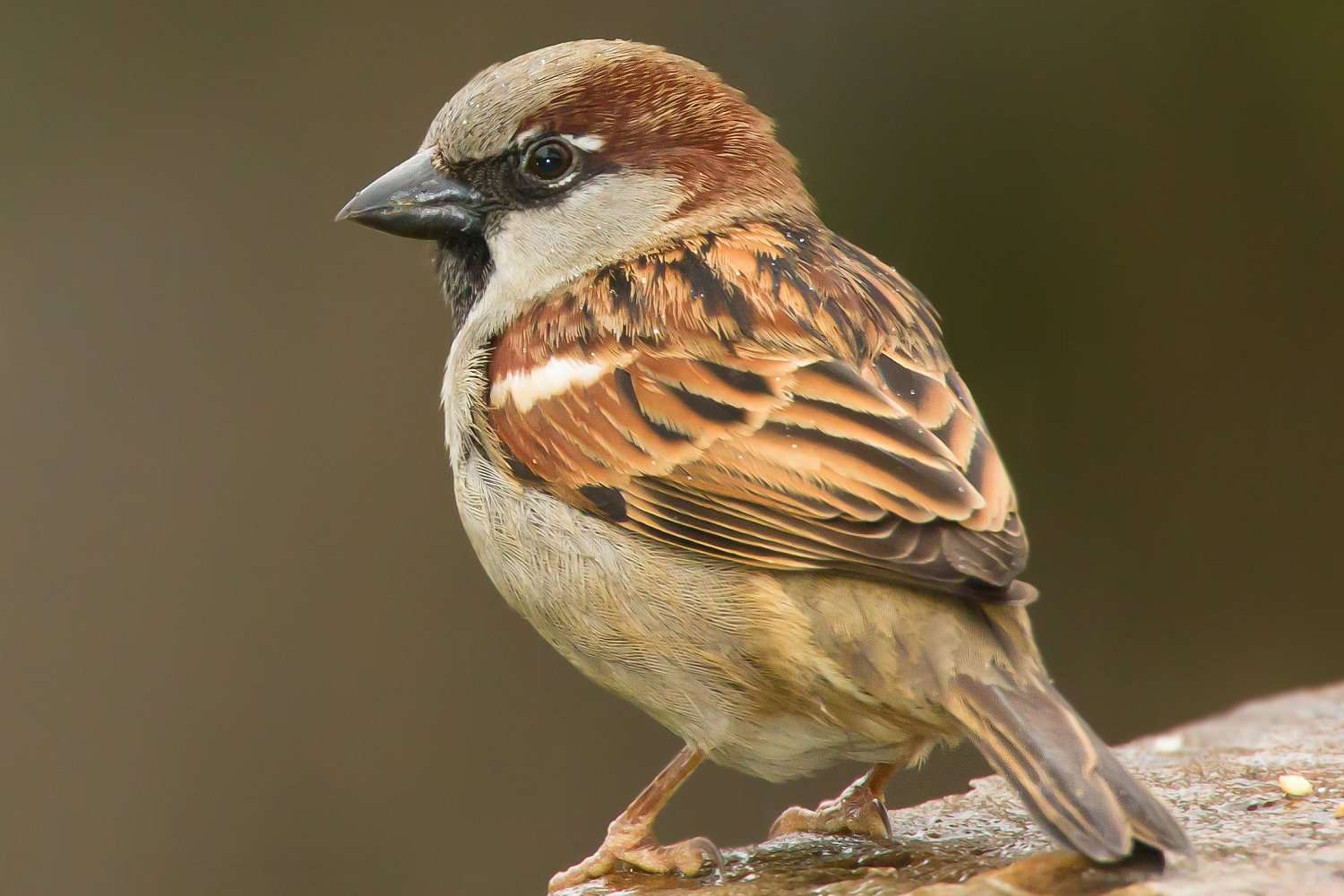

India, with its diverse climatic conditions, provides an environment conducive for numerous pests. These pests not only cause discomfort but can also lead to substantial health risks and property damage.
However, with knowledge about these common pests and appropriate management strategies, we can keep them at bay effectively.
Understanding and Managing Common Pests in India
Recognizing the different pests that are prevalent in India is the initial step in combating them effectively. By understanding the behavioral patterns and identifying the specific type of pest you might be grappling with, you can design a successful pest control strategy tailored to your needs.
Battling Mosquitoes
Mosquitoes represent a significant public health challenge in India, given the country’s tropical climate that provides a conducive environment for their breeding. Not merely a source of annoyance, mosquitoes are also vectors for severe diseases such as dengue, malaria, and chikungunya.
Approach to Prevention and Control:
- Home Hygiene: Ensure your home and its surroundings are clean. This includes regularly clearing areas prone to water accumulation, such as flower pots, old tires, or roof gutters, as these serve as ideal breeding grounds for mosquitoes.
- Physical Barriers: Install mosquito netting on windows and doors to prevent entry. For additional protection, especially in areas with high mosquito prevalence, use mosquito nets while sleeping.
- Community Measures: Advocate for and participate in community initiatives like regular fogging, which can significantly control the mosquito population in your neighborhood.
Managing Termites
Termites, frequently dubbed as ‘silent destroyers’, can inflict extensive damage to wooden structures and furniture. Their presence is a major concern in various regions across India, affecting both urban dwellings and rural households.
Approach to Prevention and Control:
- Regular Inspections: Termite infestations can often go unnoticed until significant damage has been done. Regular professional pest inspections, particularly for older properties, can help detect termite colonies early.
- Preventive Measures: When building or purchasing furniture, opt for termite-resistant wood. Seal cracks and crevices in walls and foundations to block potential entry points for termites.
- Professional Help: In case of an existing infestation, employing professional pest control services is usually the most effective route to completely eliminate termite colonies and prevent future infestations.
Controlling Cockroaches
Cockroaches, one of the most persistent pests in India, pose a range of health risks as they can contaminate food and surfaces, contributing to the spread of several diseases. They are commonly found scavenging in kitchens and bathrooms.
Approach to Prevention and Control:
- Cleanliness: Keep your home, particularly food preparation and dining areas, clean. Regularly dispose of garbage and avoid leaving food out in the open.
- Sealing Entry Points: Cockroaches can enter homes through cracks and small openings. Regularly inspect your property for such gaps and seal them promptly. Pay special attention to areas around pipes, windows, and doors.
- Professional Pest Control Services: In the event of a significant infestation, professional pest control services should be considered for a comprehensive and long-lasting solution.
Finding the Best Local Pest Control
Whether you’re facing an active infestation or want to prevent future ones, hiring a local pest control service can be an effective solution. However, it’s crucial to choose a reliable and competent service provider.
Assessing Reputation and Experience
The reputation and experience of a pest control company are critical indicators of their service quality.
- Research: Look for online reviews and ratings, check their website for information on experience and certifications, and ask for recommendations from friends or family.
- Experience: A company with years of experience is likely to have dealt with a wide range of pest issues and will have strategies to handle different situations effectively.
Understanding Their Pest Control Methods
It’s crucial to understand the pest control methods employed by the company.
- Environmentally Friendly: Choose a company that uses environmentally friendly pest control methods to minimize harm to the environment and non-target species.
- Safety Measures: The company should adhere to safety regulations to protect your family and pets during the pest control process.
The Promising Role of Sustainable Agriculture in Pest Management
Sustainable agriculture, which prioritizes ecological balance and biodiversity conservation, provides a comprehensive and environmentally friendly solution to pest management.
By harnessing nature’s inherent resilience, this approach can effectively manage pest populations while reducing dependence on harmful chemical pesticides.
Leveraging Crop Diversity in Pest Management
Incorporating crop diversity into farming practices is a key aspect of sustainable agriculture that helps manage pests effectively. By changing the homogeneity of the landscape, it becomes more challenging for pests to thrive and reproduce.
How Crop Diversity Helps in Pest Management:
- Crop Rotation: Regularly changing the crops grown in a field helps disrupt the life cycle of pests, reducing their population over time. Different pests are attracted to different crops, so alternating what is grown can break the pests’ breeding cycle and minimize infestations.
- Intercropping: This involves growing different crops together in the same area. Intercropping can deter pests, as they are less likely to spread across diverse crops. Moreover, certain plants can attract beneficial insects that prey on harmful pests, providing natural pest control.
Biological Pest Control: Harnessing Nature’s Power
Biological pest control is another integral aspect of sustainable pest management, which entails using natural enemies of pests to keep their populations under control. It seeks to establish a natural balance, allowing beneficial organisms to thrive while detrimental pests are kept at bay.
Methods of Biological Pest Control:
- Beneficial Insects: The introduction of predatory insects or parasites can effectively manage pest populations. For instance, ladybugs are efficient in controlling aphid populations, while certain types of wasps can effectively target caterpillars and beetles. These insects provide a natural means of control, eliminating the need for harmful synthetic pesticides.
- Biopesticides: These are pest control substances derived from natural materials like plants, bacteria, fungi, and minerals. Biopesticides tend to be less harmful to the environment and non-target species compared to synthetic pesticides. They work by providing a variety of effects, from direct pathogenicity to pests, growth regulation, or acting as repellents, ensuring a multifaceted approach to pest control.
Wrapping Up
Pests pose significant challenges in India, both within homes and in agricultural fields. However, with proactive measures, reliable local pest control services, and the potential of sustainable agriculture practices, effective pest management is achievable. The key is to act early and decisively, prioritizing not just eradication but also prevention of infestations.














